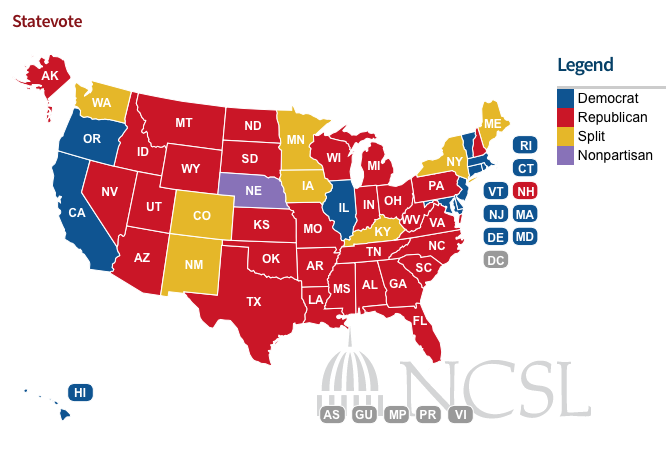Newest piece at the Wall Street Journal: "It’s Shocking How Little Was Spent on the Midterms"
The “most expensive election in history.” Our democracy is being “bought and sold.” This election, “debased by money, shames us all.” These are some of the recent expressions of outrage about what the Center for Responsive Politics estimates to have been $3.67 billion spent for federal offices during the 2014 midterms.
Two days before the election on “Face the Nation,” CBS’s Bob Schieffer asked viewers to name one item whose costs have gone up as much over time as campaigns. That’s easy. While campaign spending soared to $3.67 billion this year from $1.6 billion in 1998, federal government spending rose 5% faster, to $3.9 trillion from $1.65 trillion.
It is logical that these expenditures have gone up in tandem. The bigger the federal government, the more is at stake, and the harder politicians and special interests fight to see who gets to control it. If the federal government were still the 2% to 3% of GDP that it was a century ago, people likely wouldn’t care as passionately about the outcome of most elections.
In the Journal of Law and Economics (2000), John Lott, one of the authors here, studied gubernatorial and state legislative campaign expenditures from 1976 to 1994. After accounting for such factors as the number of contested races, how close the elections were, and how closely divided control of the legislature was, his research showed that almost 80% of the increase in campaign spending for state offices was explained by changes in the size of state governments. States with the fastest-growing budgets saw the biggest increases in campaign expenditures. . . .
Labels: CampaignFinanceRegulation, op-ed













